Chiang Mai
Chiang Mai is a beautiful city in northern Thailand that is considered the cultural capital of the country.
Tourists come here for quiet relaxation and meditation. Chiang Mai ranks high in the ratings of the best cities in Asia and has once taken third place among the cities of the world.
The city is full of expats. Chiang Mai is not only a cultural center but also the IT capital of Thailand. Expats come to Chiang Mai for work, enlightened gatherings, and education at the country’s best university.
All the iconic landmarks of Chiang Mai are located inside the so-called “square”.
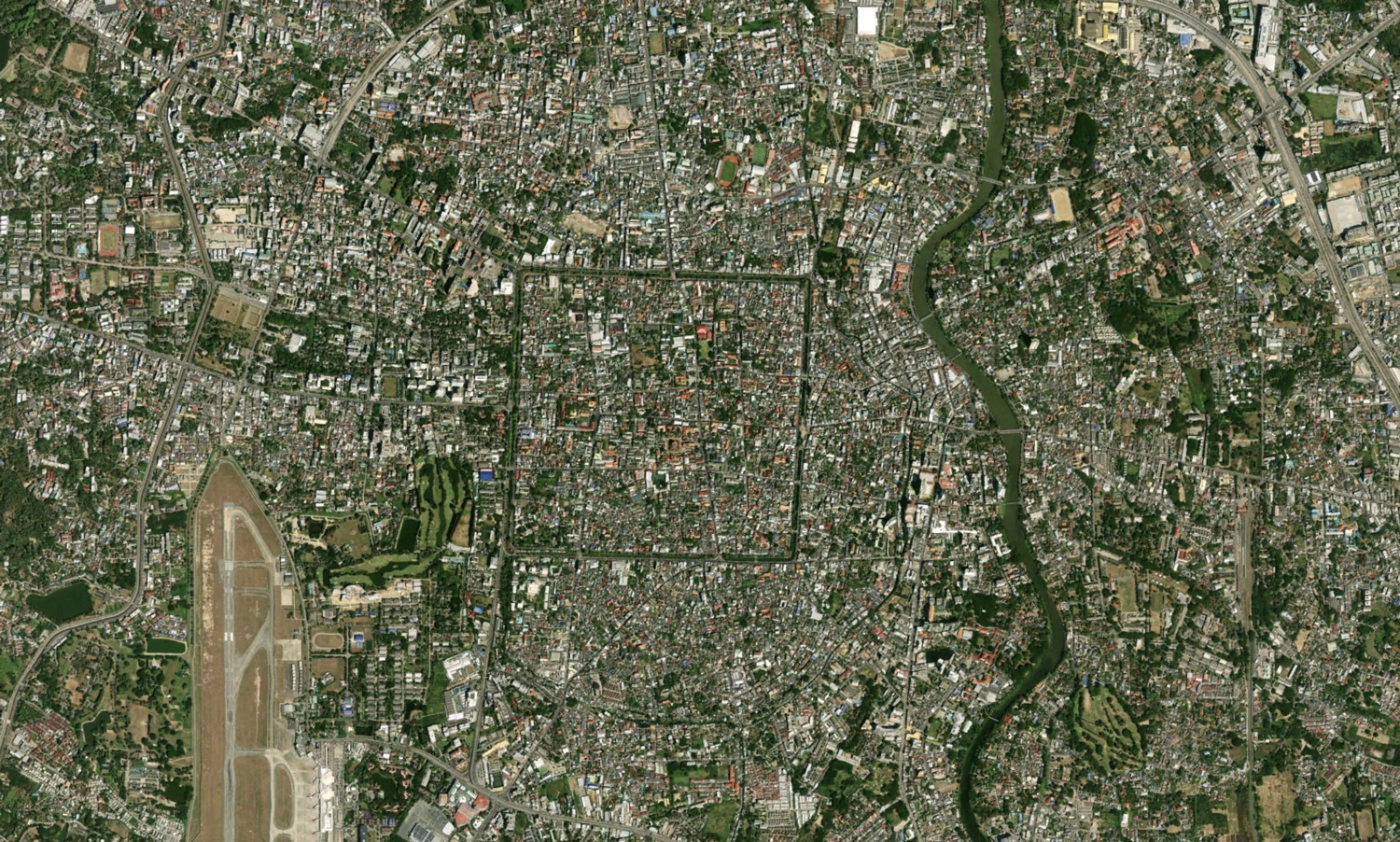
The square is the old city surrounded by a wall and a moat. Once the entire city was located inside the square and was a medieval Thai fortress. In fact, “Chiang Mai” in Thai means “new fortress”.
The fortress wall is well-preserved.
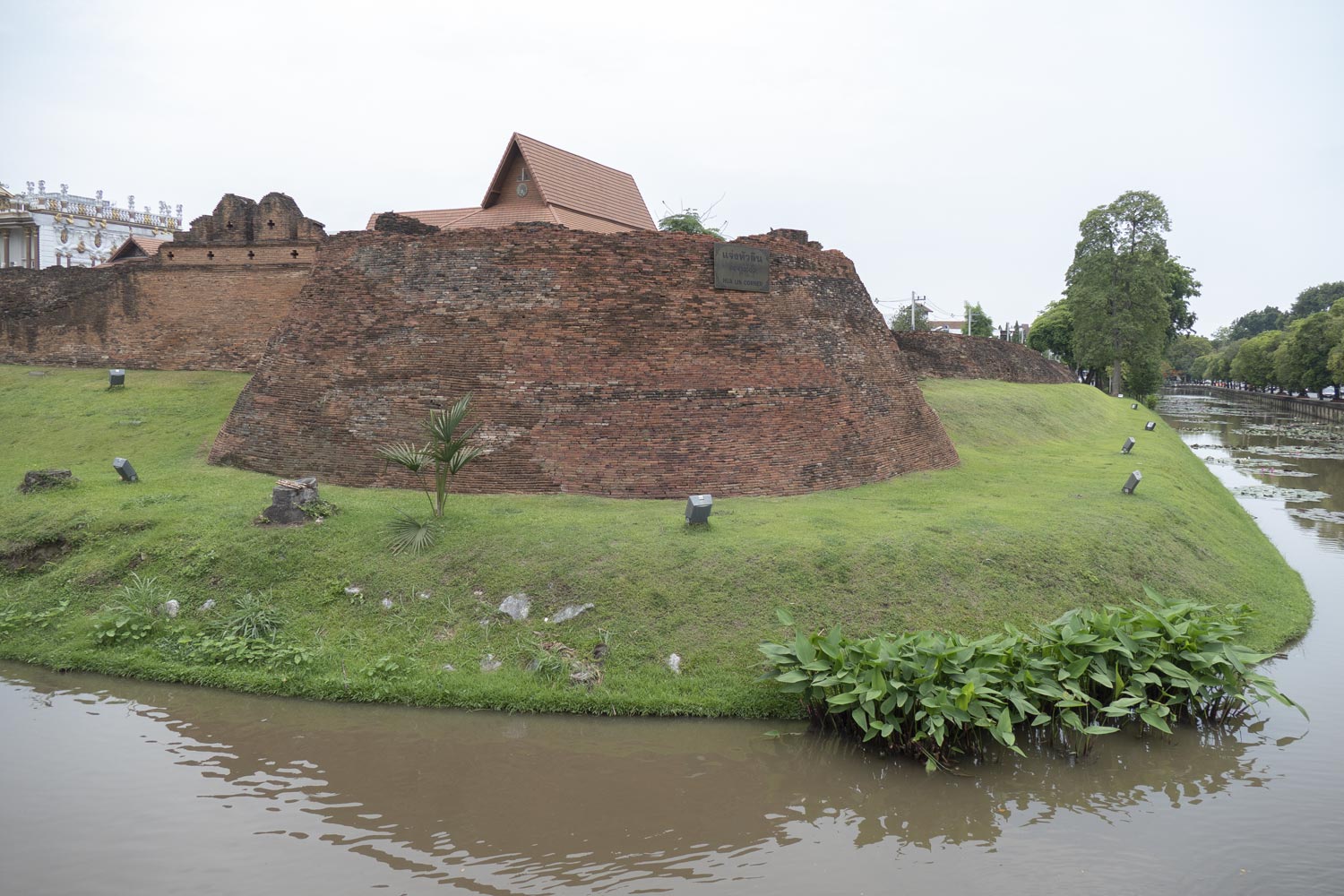
Chiang Mai was founded in 1292, so the wall is 700 years old.
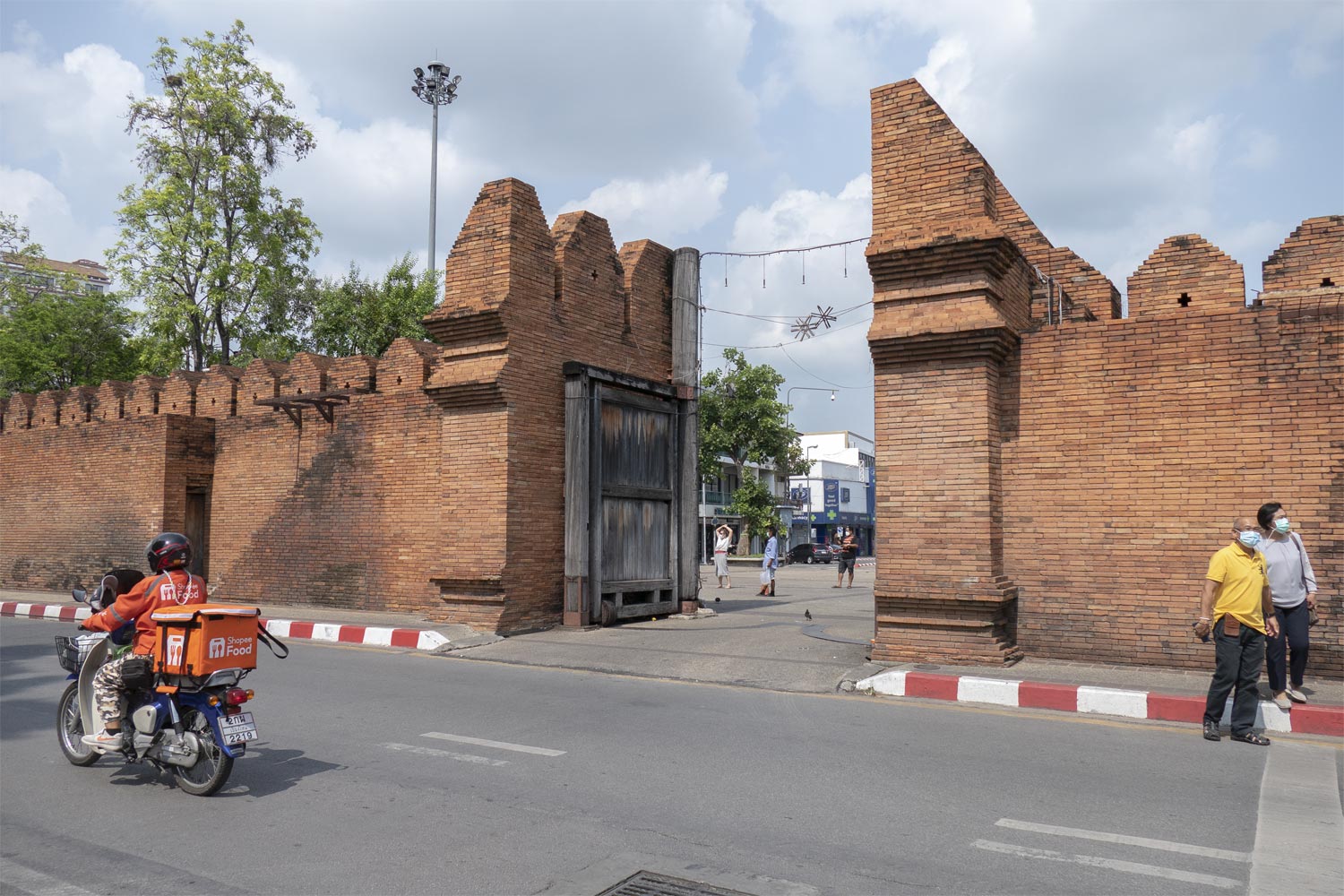
Inside the square is an absolutely charming and cozy Thai village.
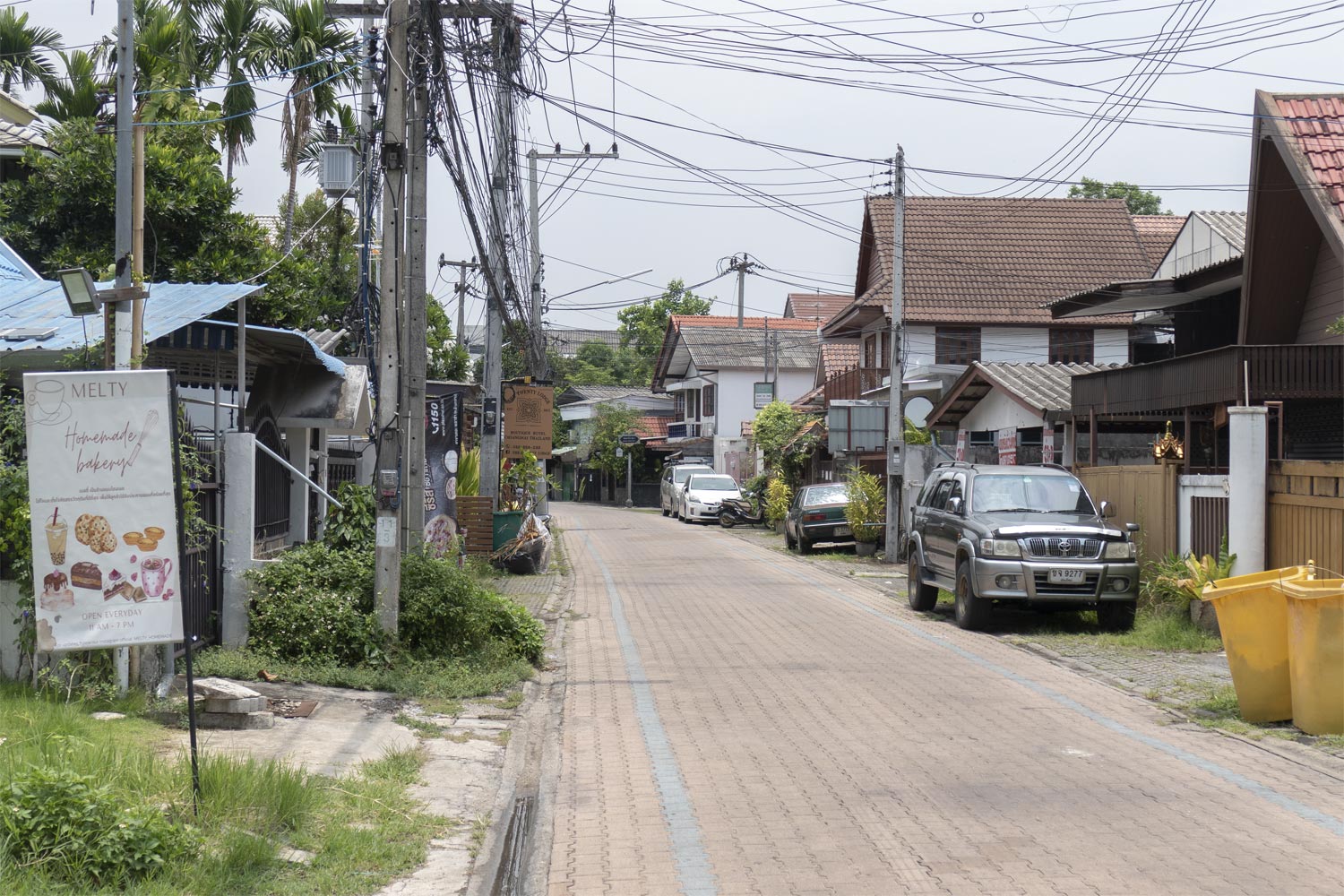
Chiang Mai has created all the conditions for hipsters and expats. There are plenty of cafes serving smoothies, cheesecakes, lactose-free coffee, and kao soy.
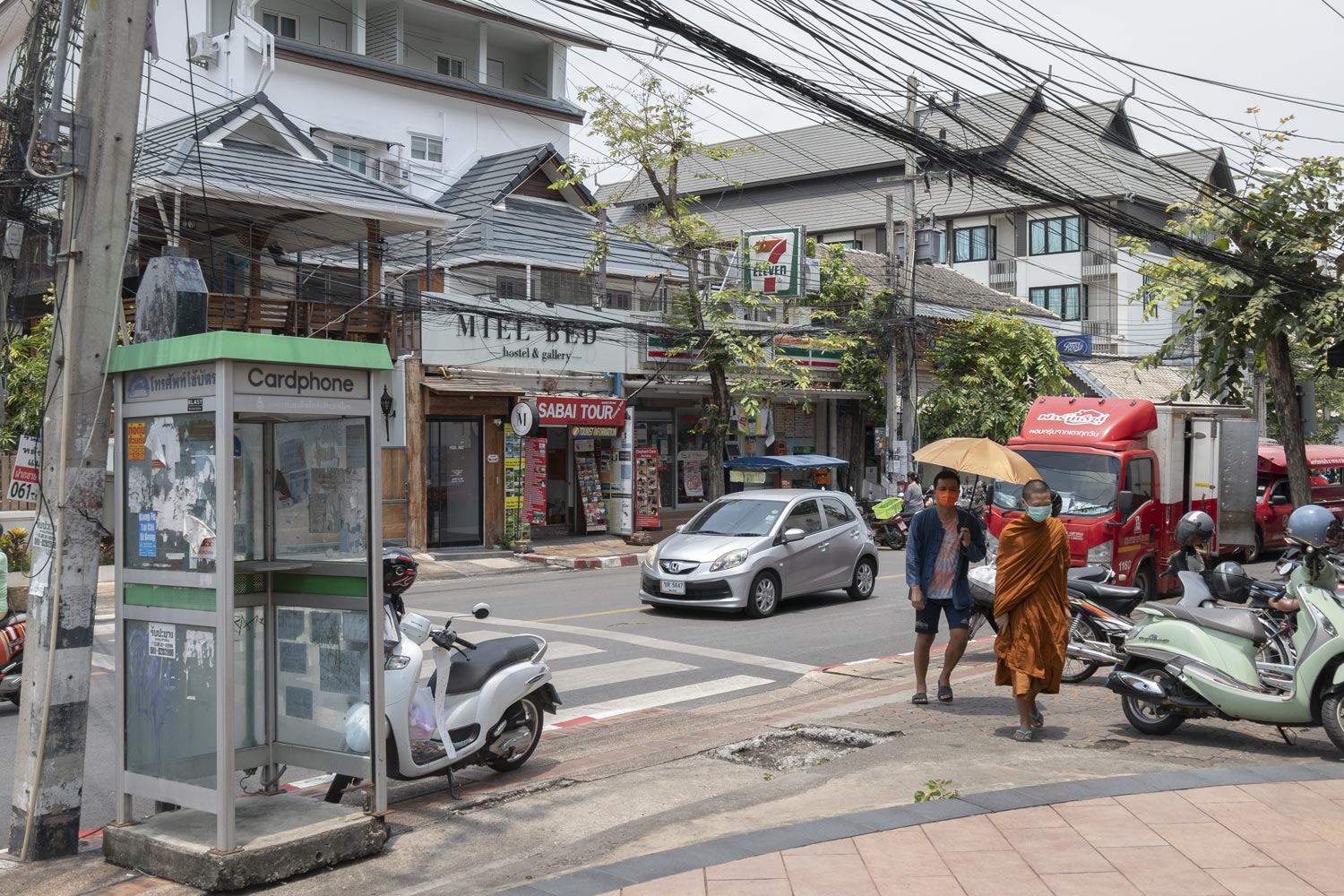
In chain cafes like Starbucks, just like in New York, poor freelancers in sweatshirts sit on meetups.
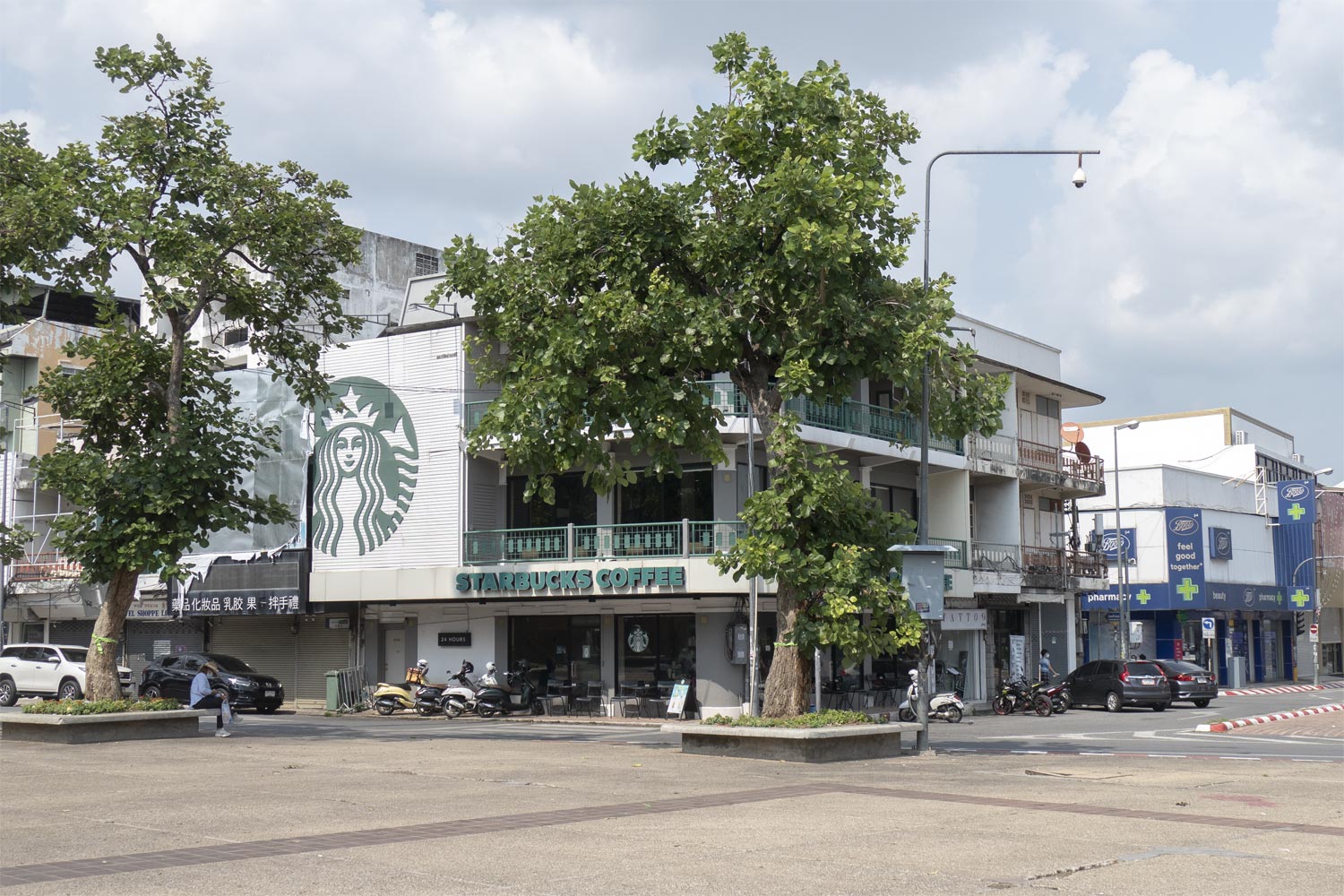
At times, Chiang Mai resembles either a European or a Japanese village.
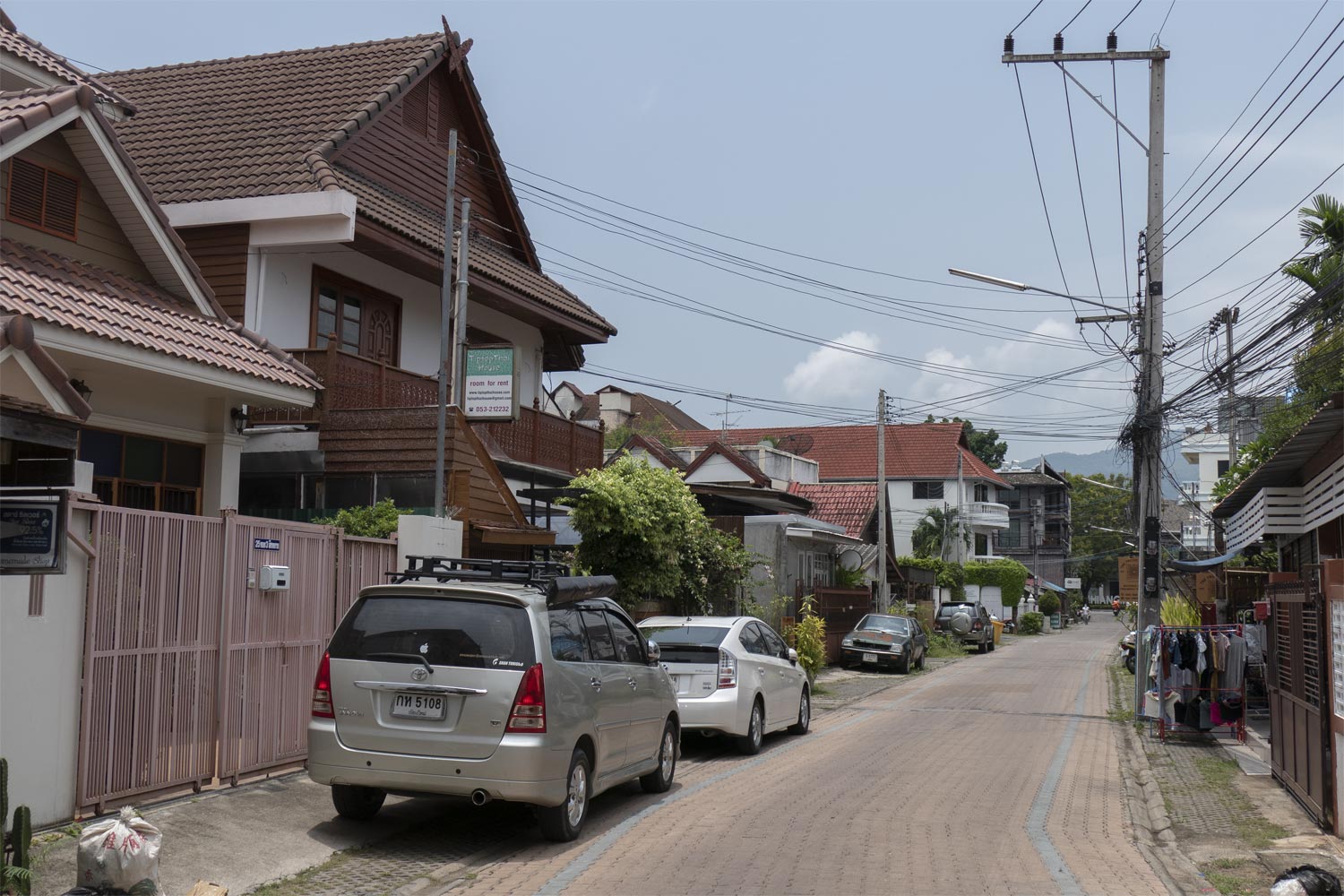
There are some very impressive residential houses.
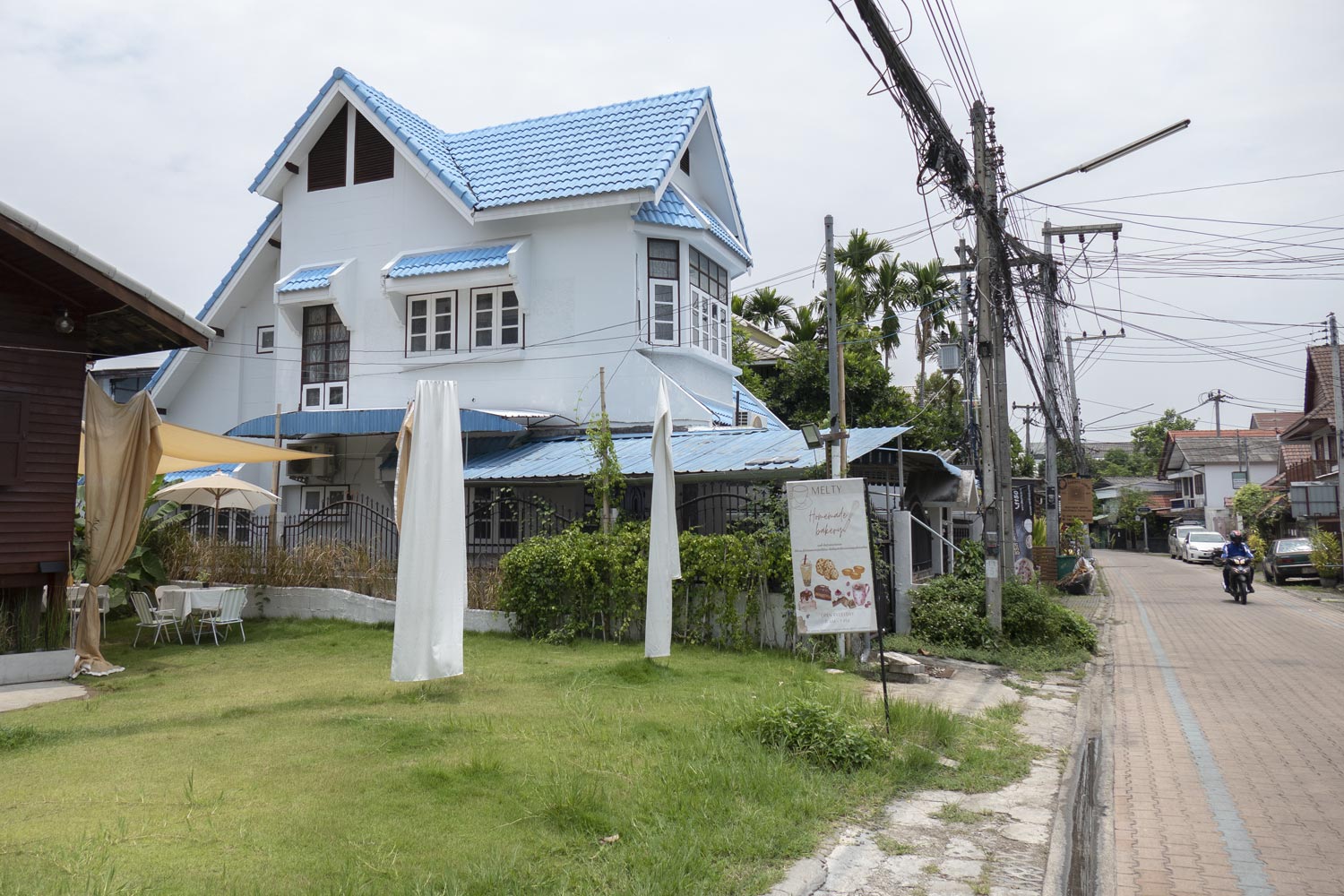
However, the tangle of wires and broken sidewalks with red-and-white markings give it away: this is Thailand.
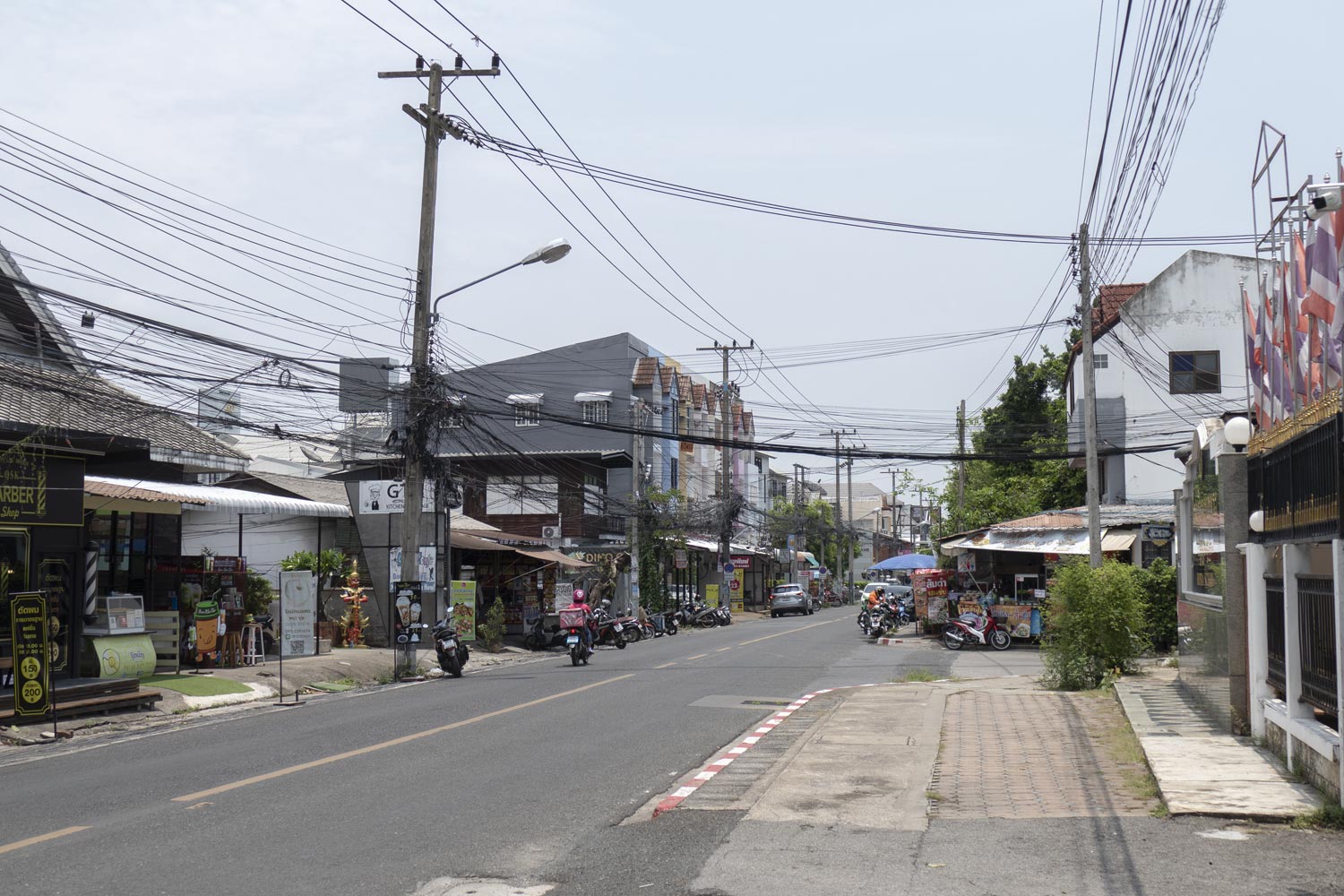
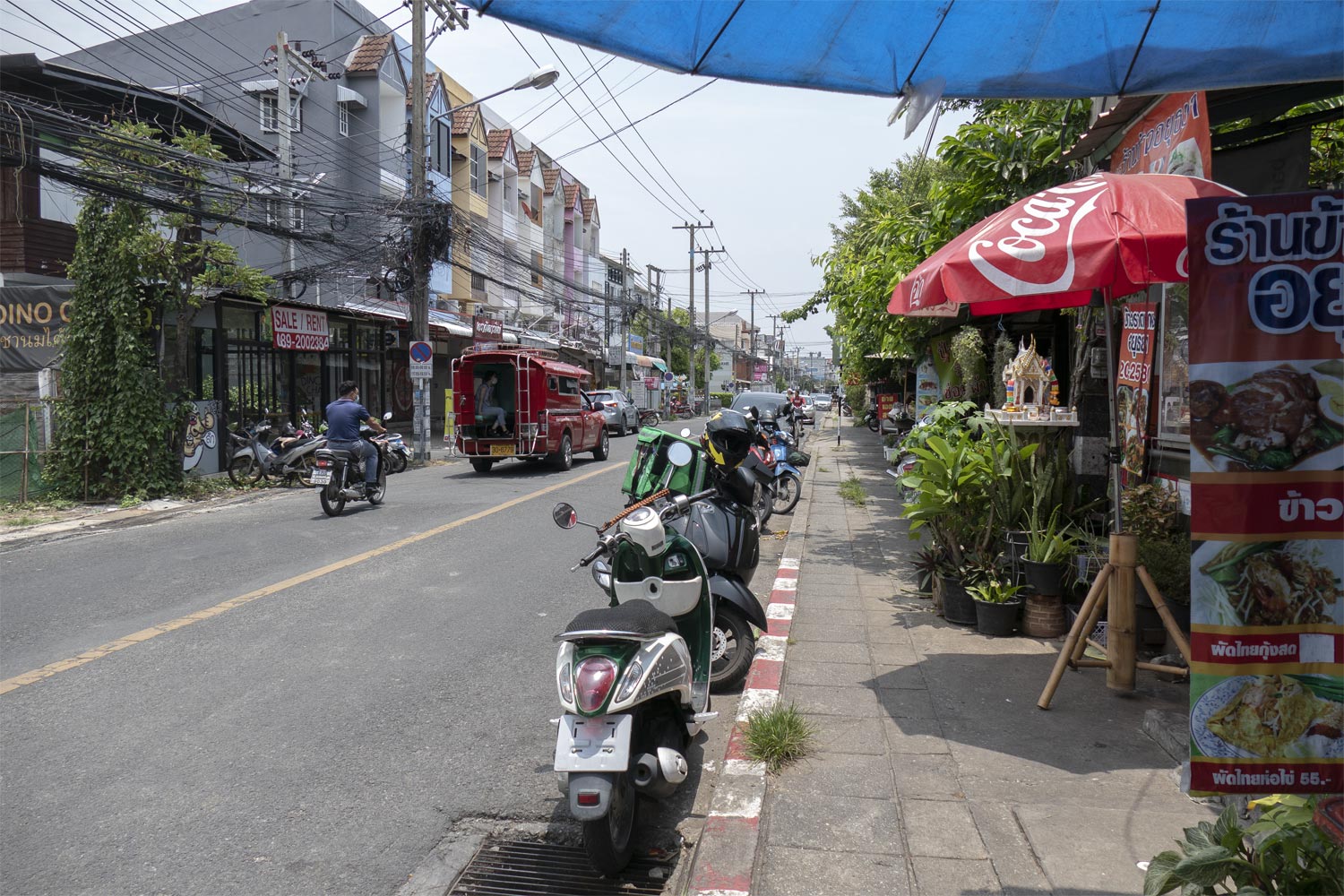
Chiang Mai’s attractions are located right here, inside the square. The main one of them is the Chedi Luang temple. On the temple grounds stands a huge partially destroyed chedi built in 1400.
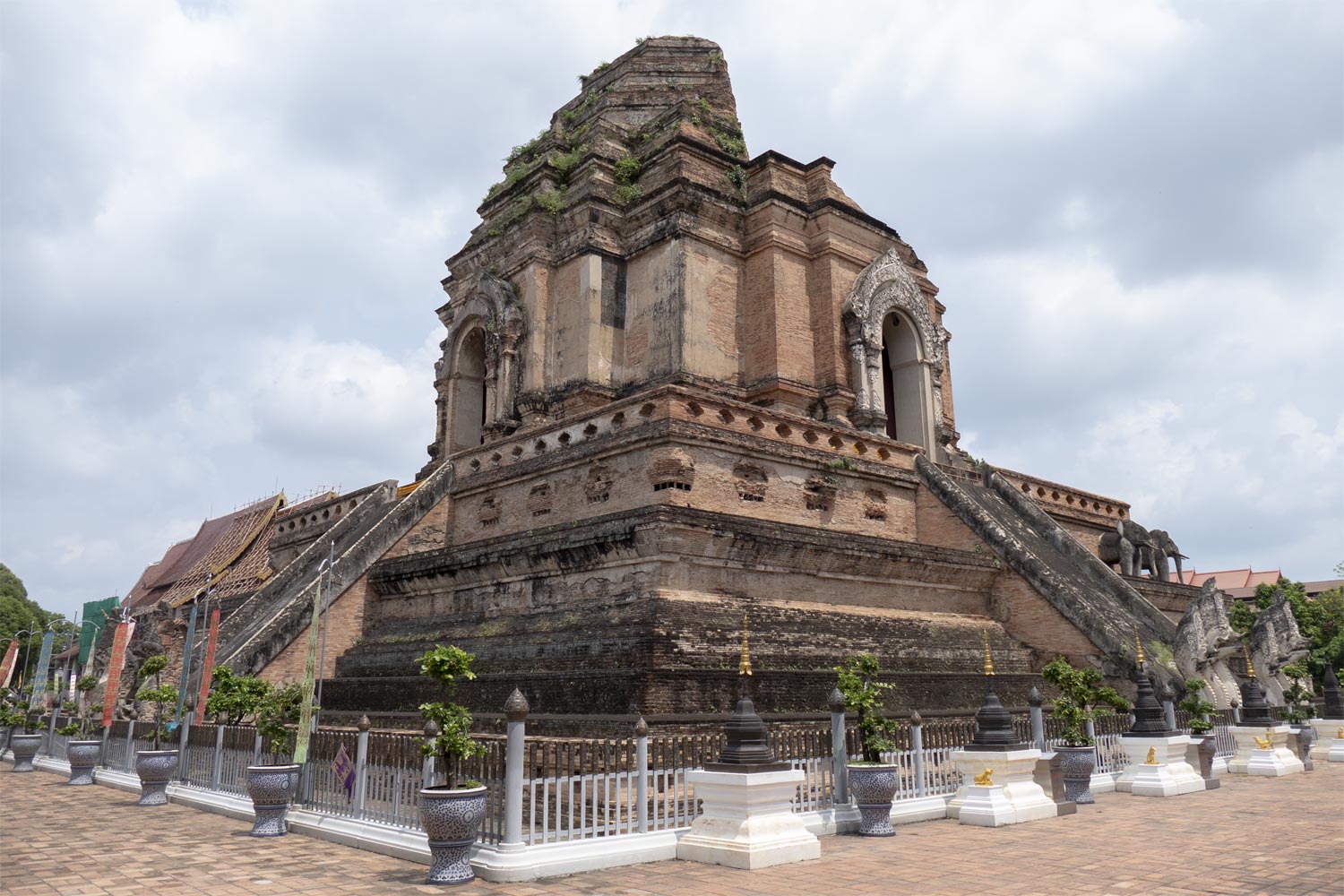
According to Thai legend, lightning struck and killed the king in this place. To prevent lightning from striking kings again, they built a lightning rod in the form of a chedi.
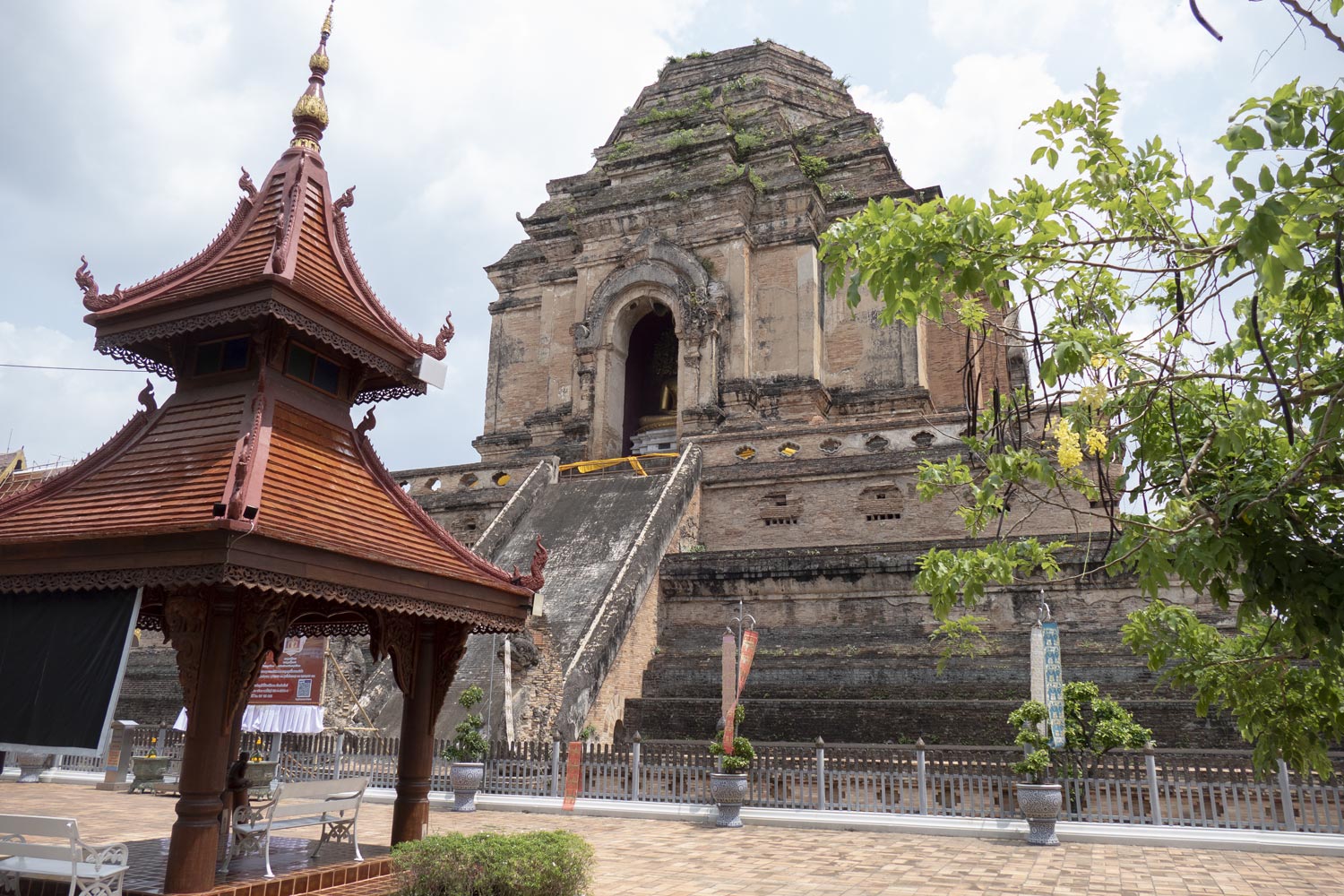
Around the chedi perimeter stand elephants, snakes, and guardians.
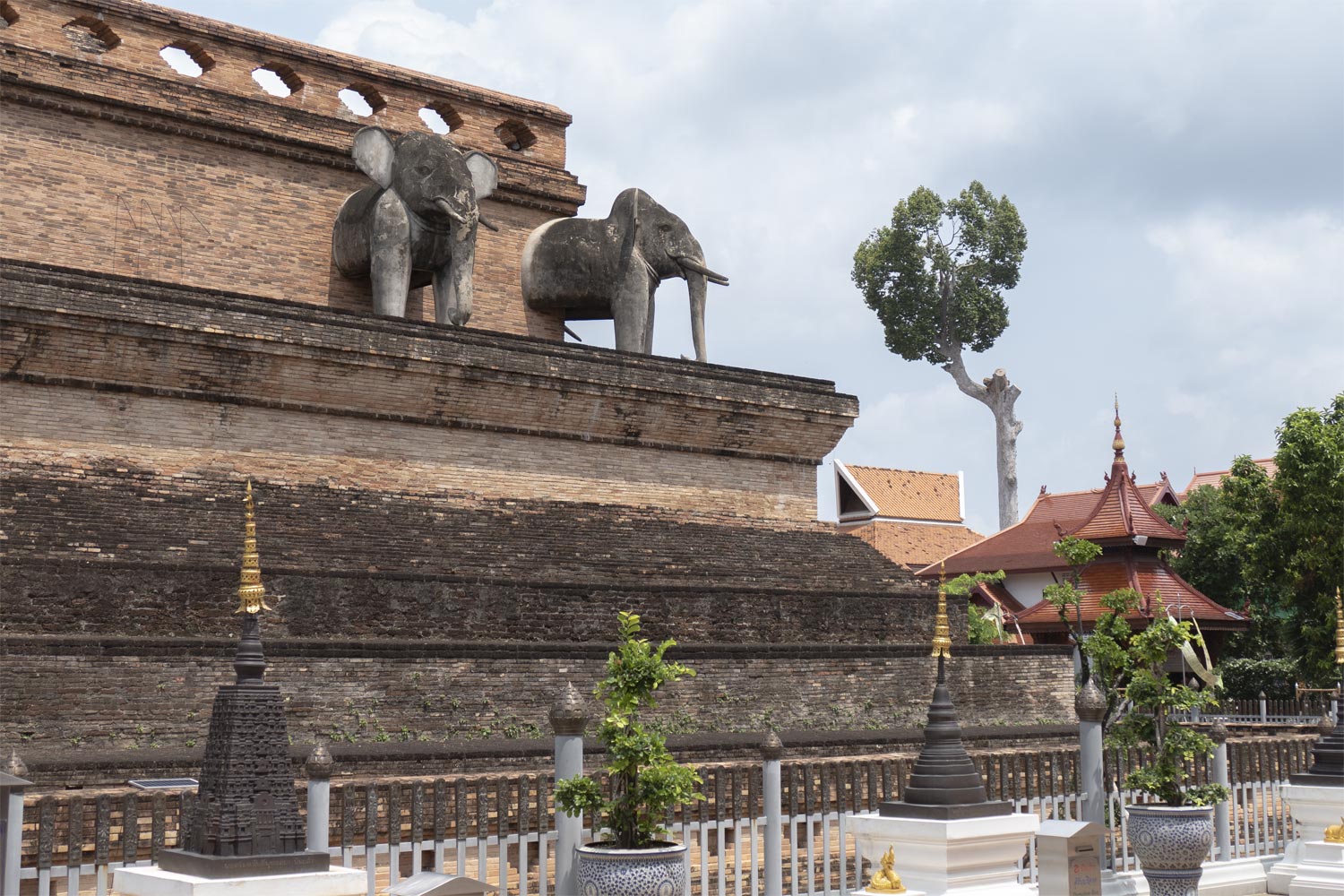
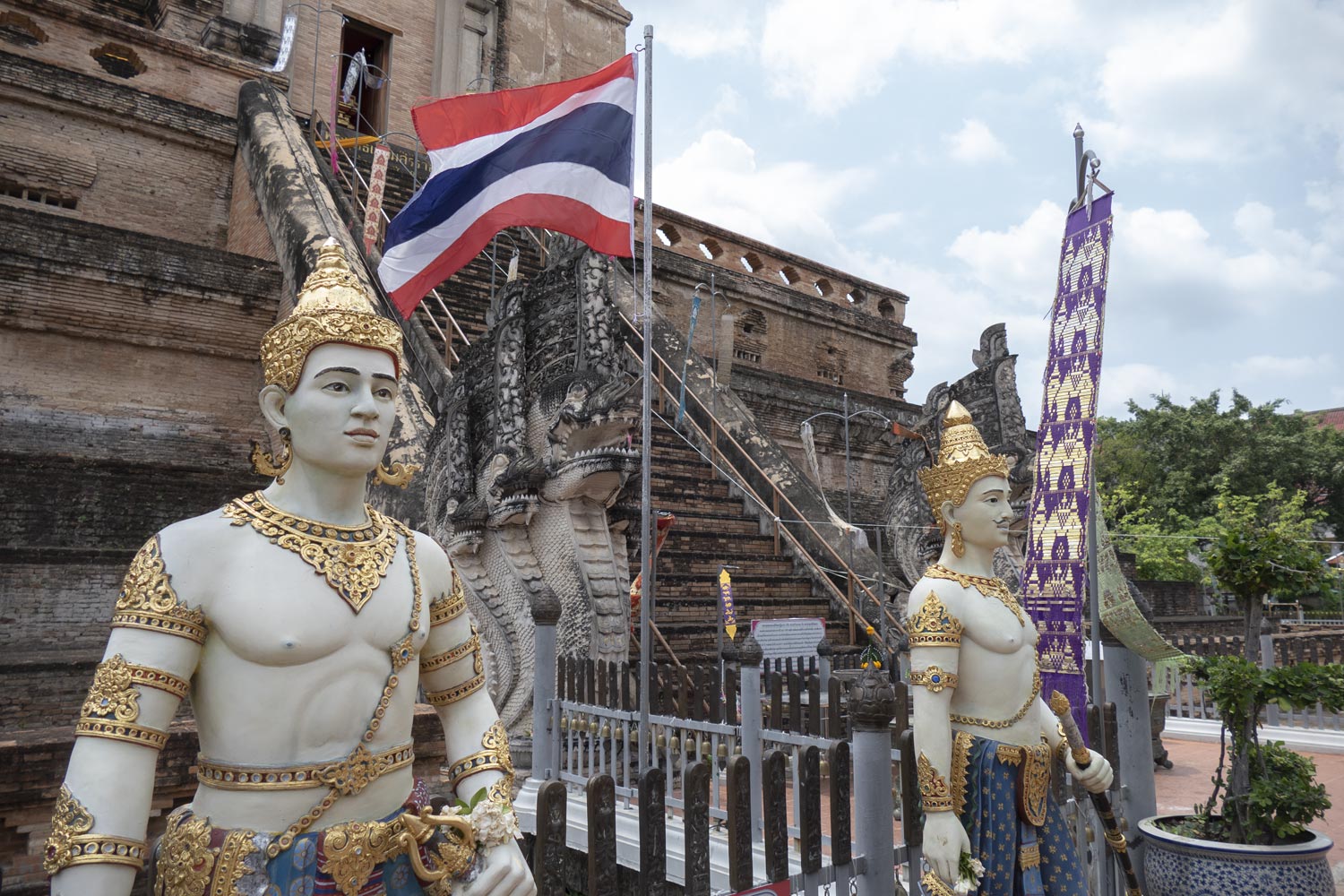
In addition to the chedi, there are several modern pagodas on the temple grounds.
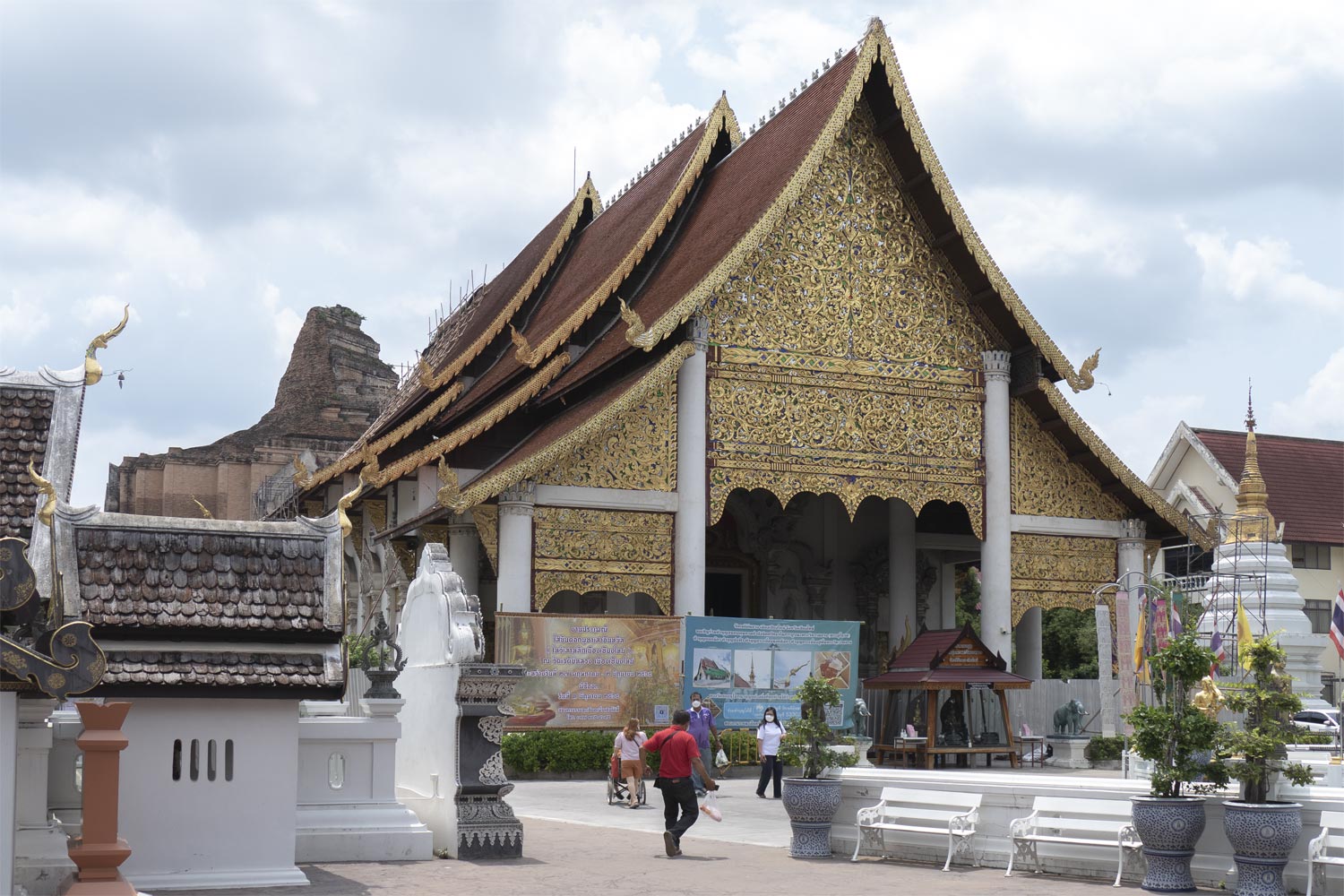
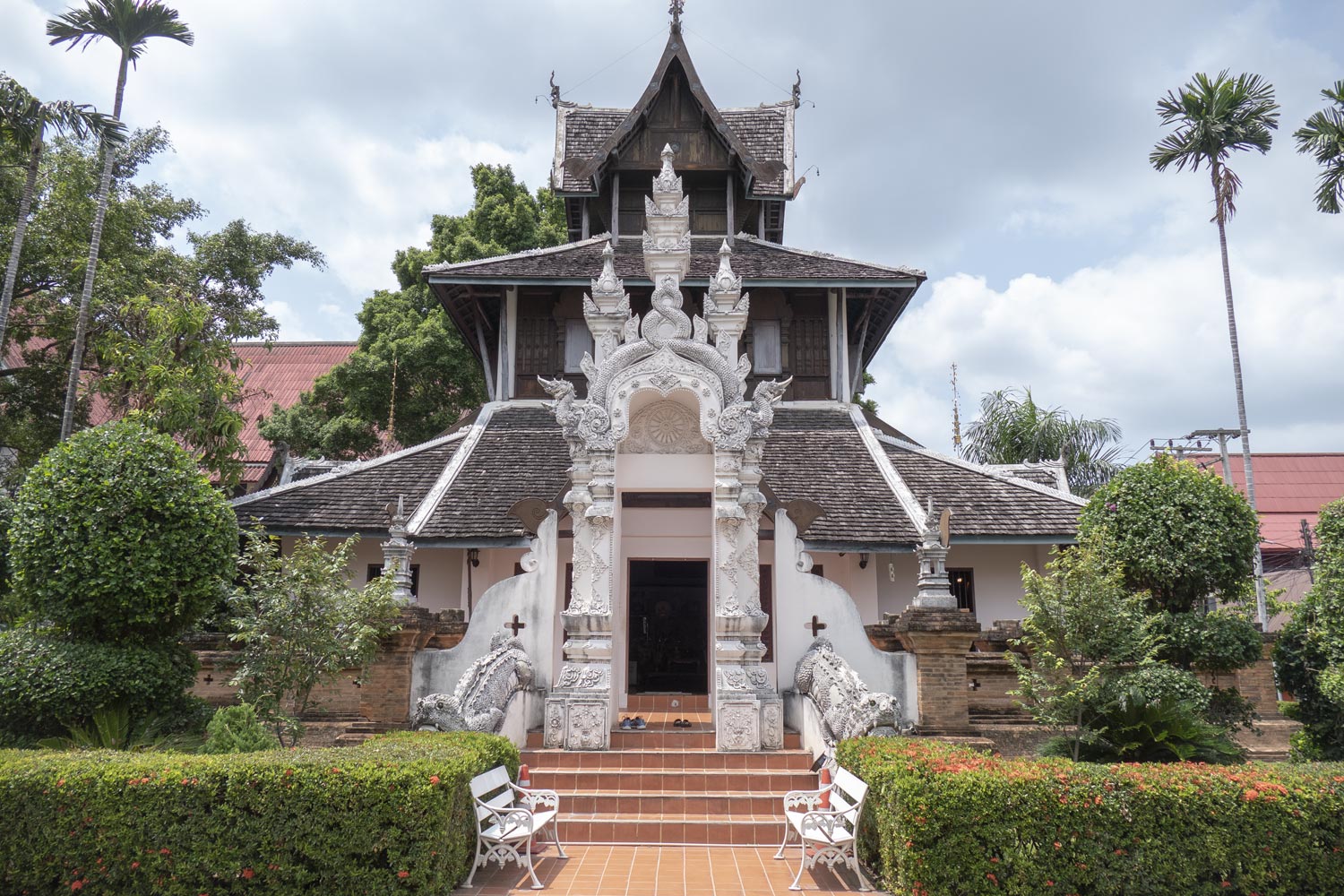
The wall newspaper reads “Best Monk of the Month”.
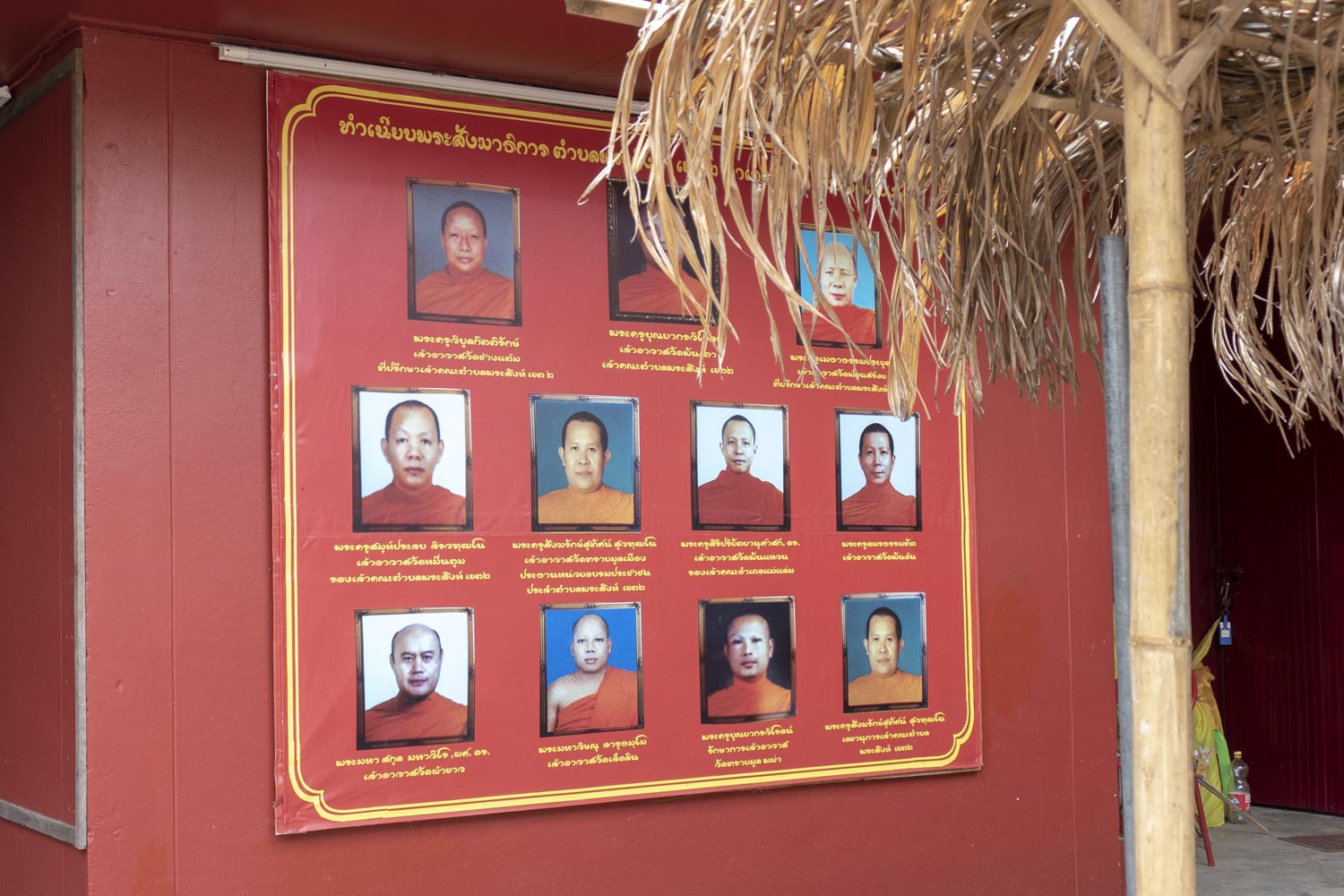
Chiang Mai and its surroundings are simply littered with such temples. It is said that there are over 300 religious structures in the city. Most of them are just as typical as Christian churches, but some are quite unique.
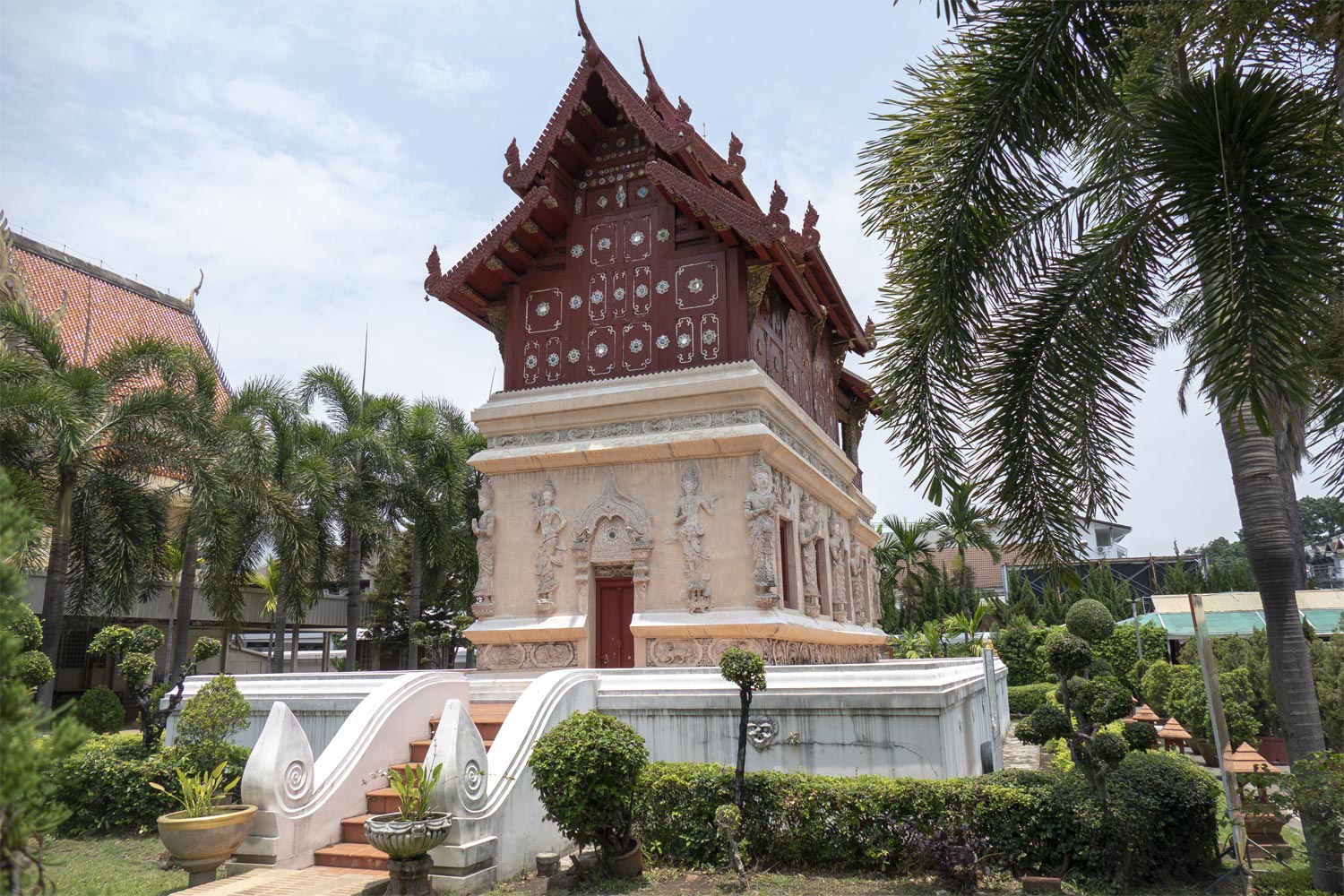
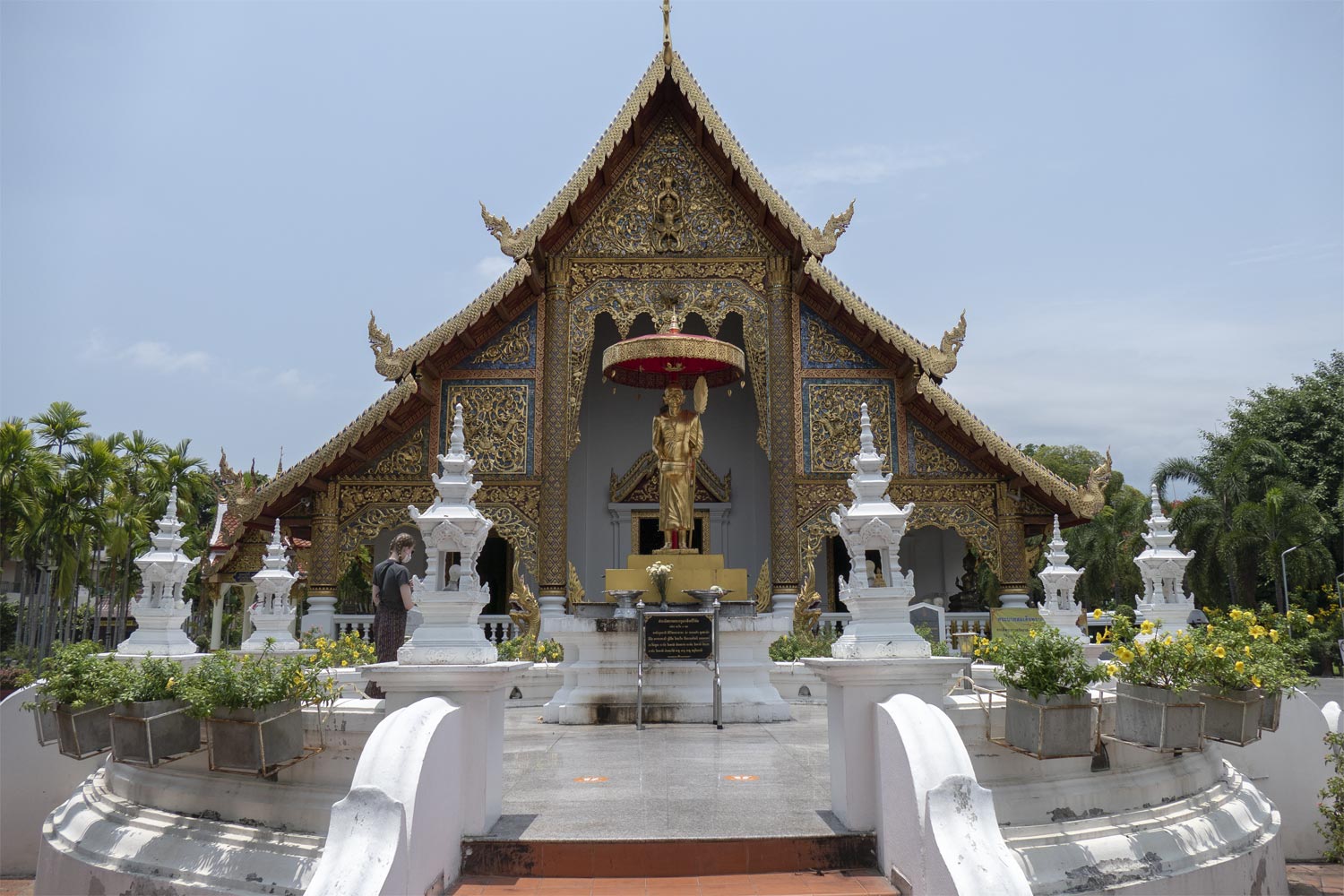
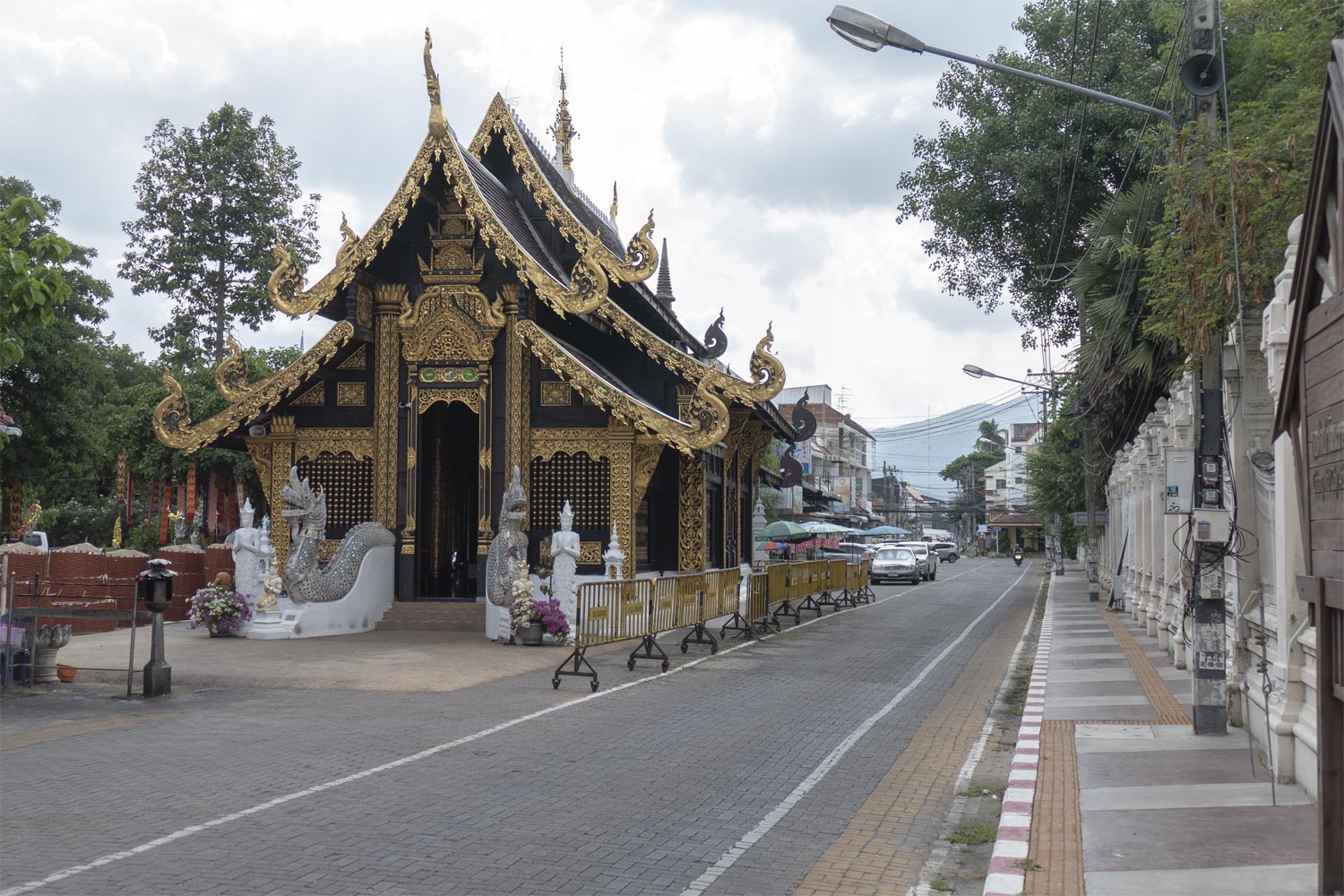
In every temple, there is a Buddha statue, without exception.
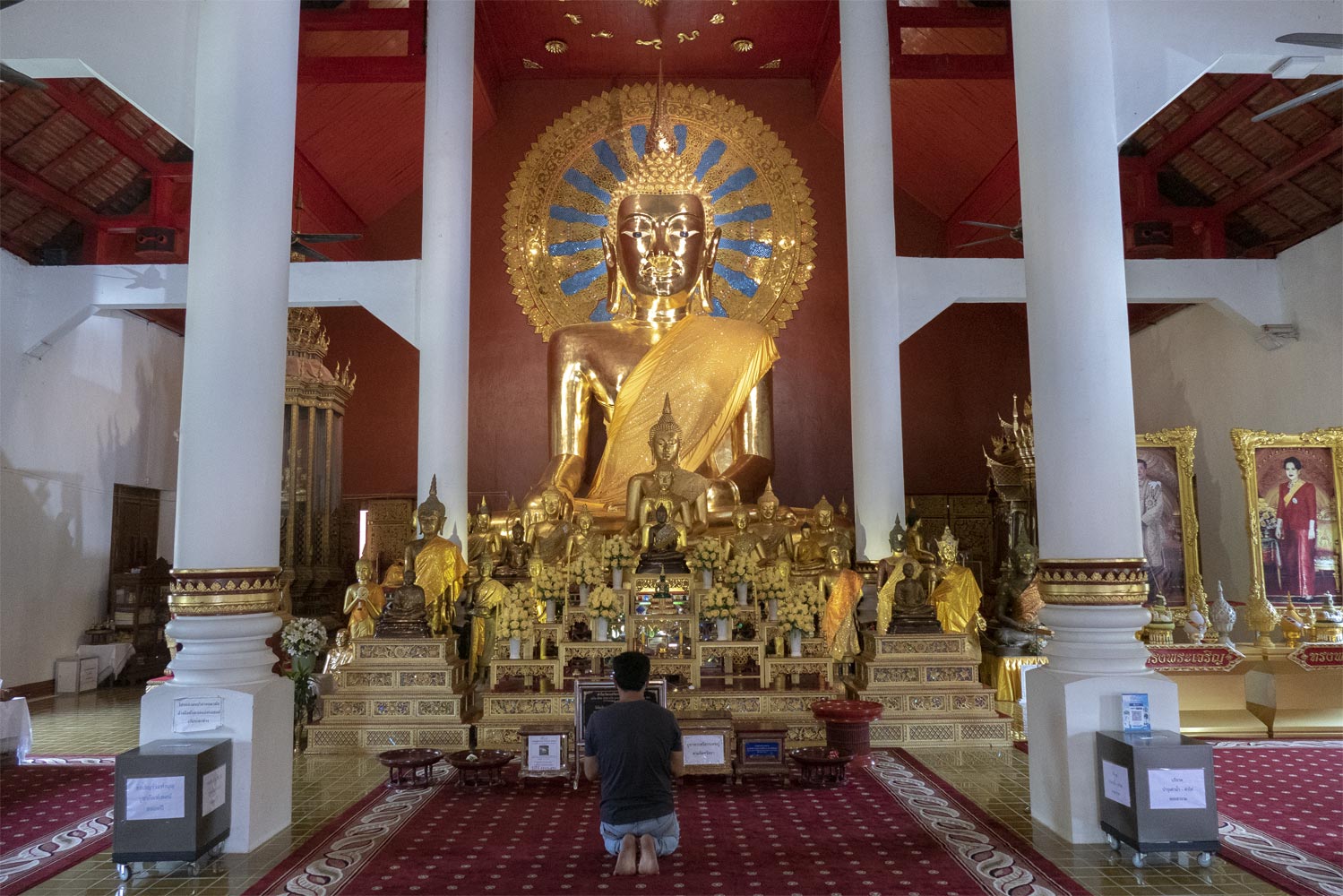
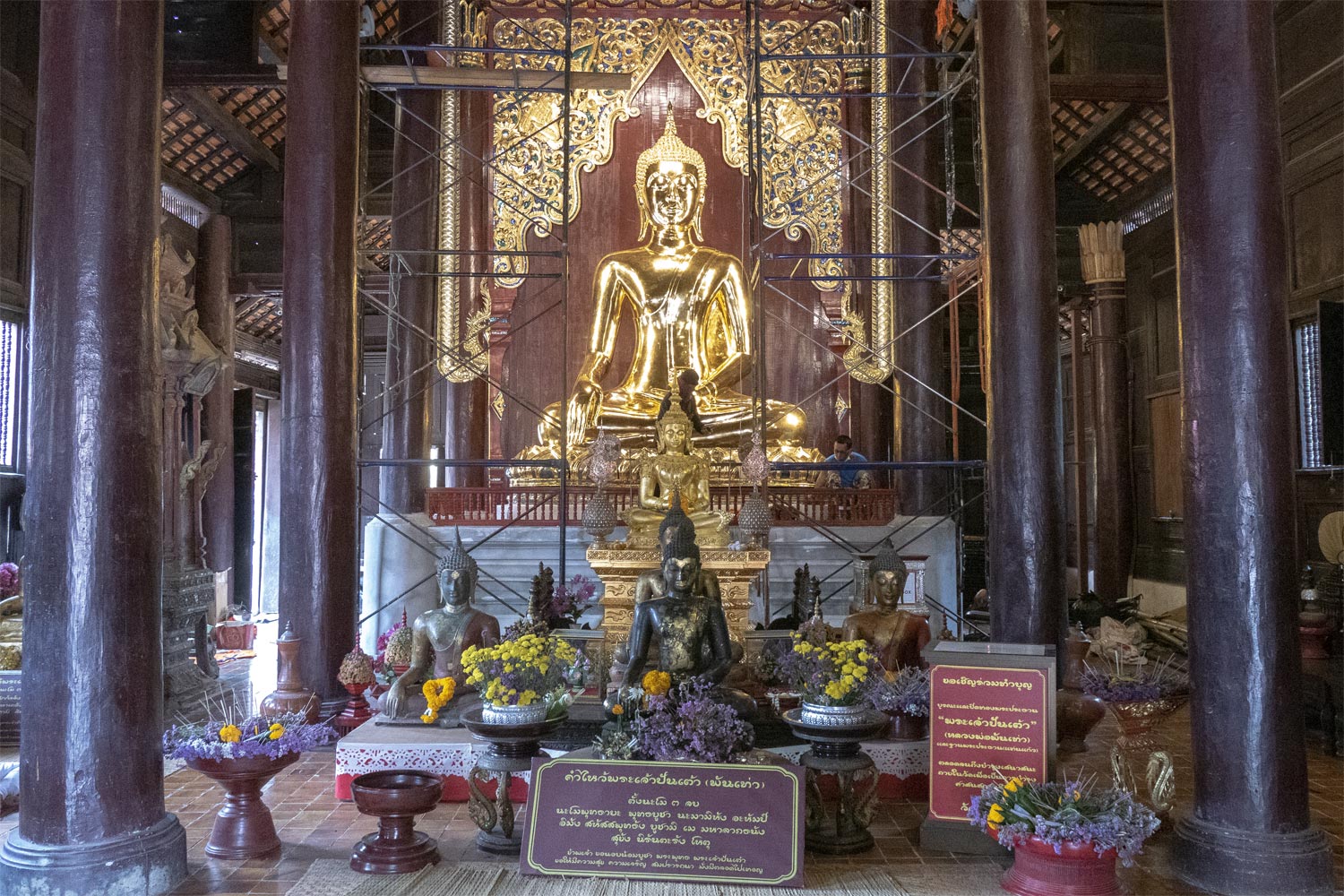
Outside of the square, Chiang Mai is not particularly interesting.
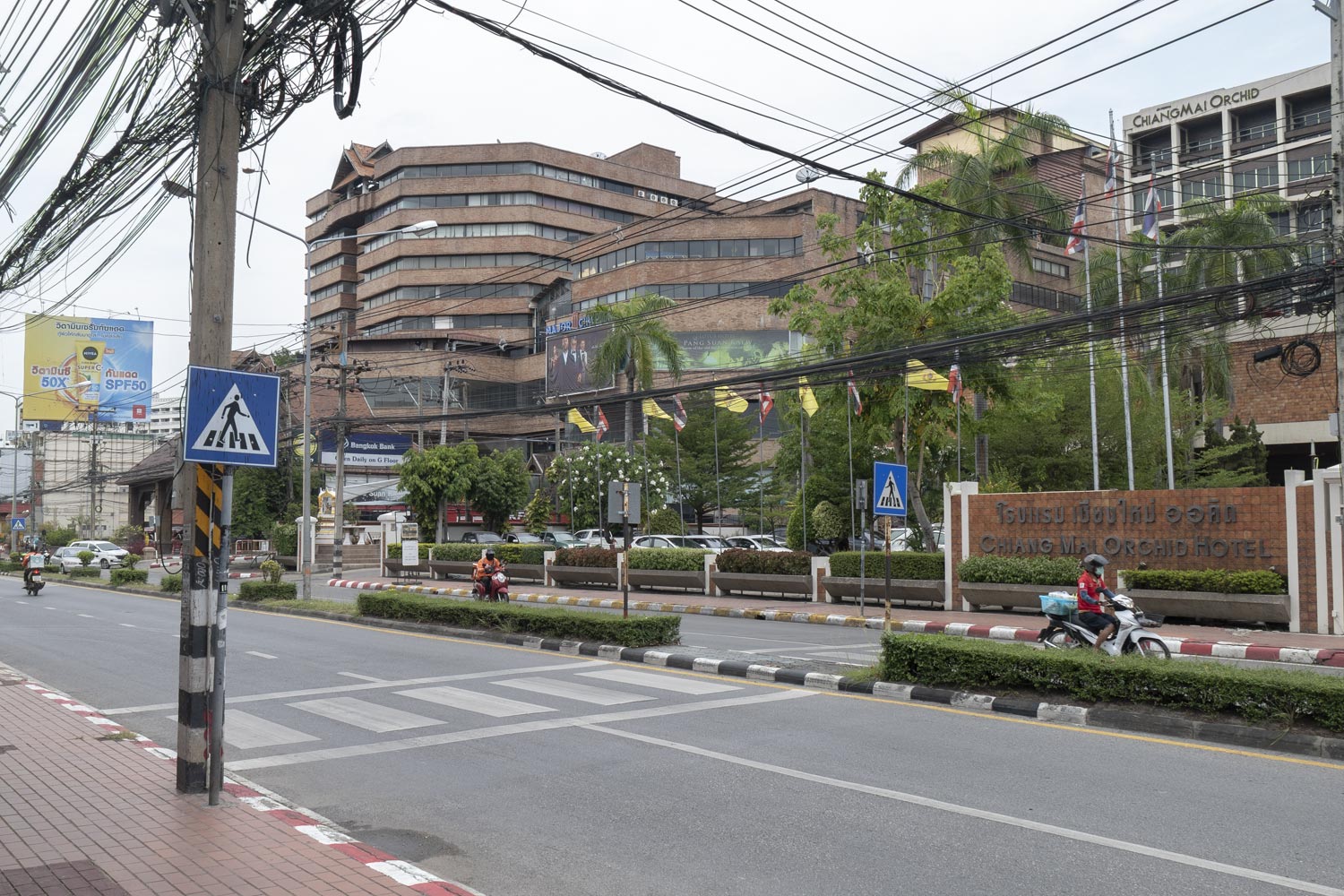
One day, which I spent here, is definitely not enough. Chiang Mai is a place to come and work. This city is best suited for a slow, relaxed “remote” lifestyle. It cannot be assessed as a tourist attraction: the whole charm of Chiang Mai is in taking time and not rushing anywhere.


